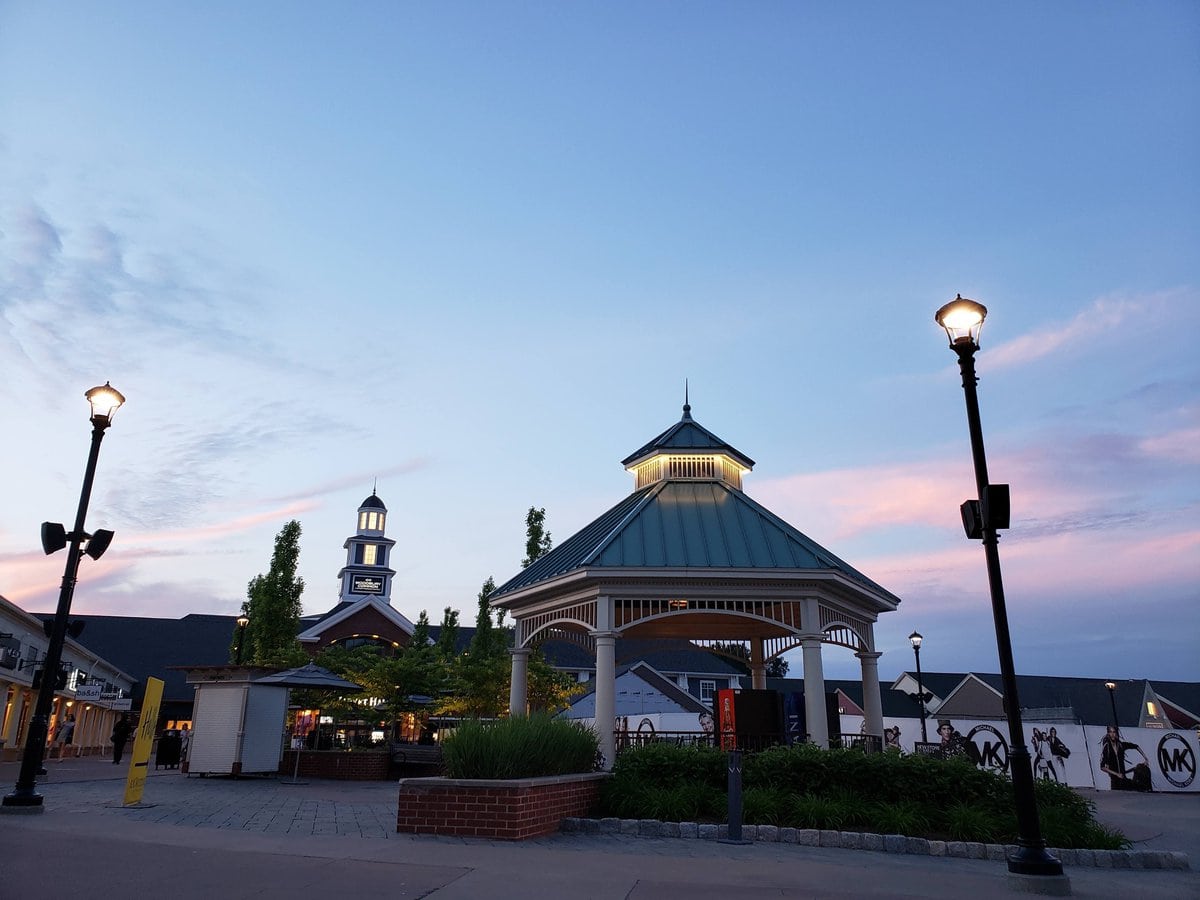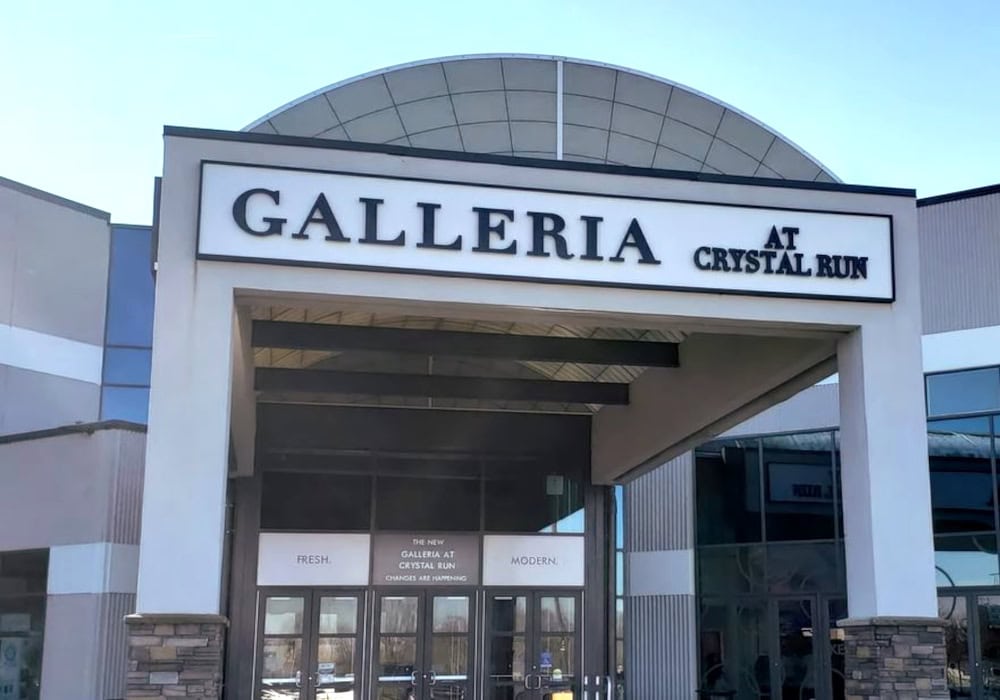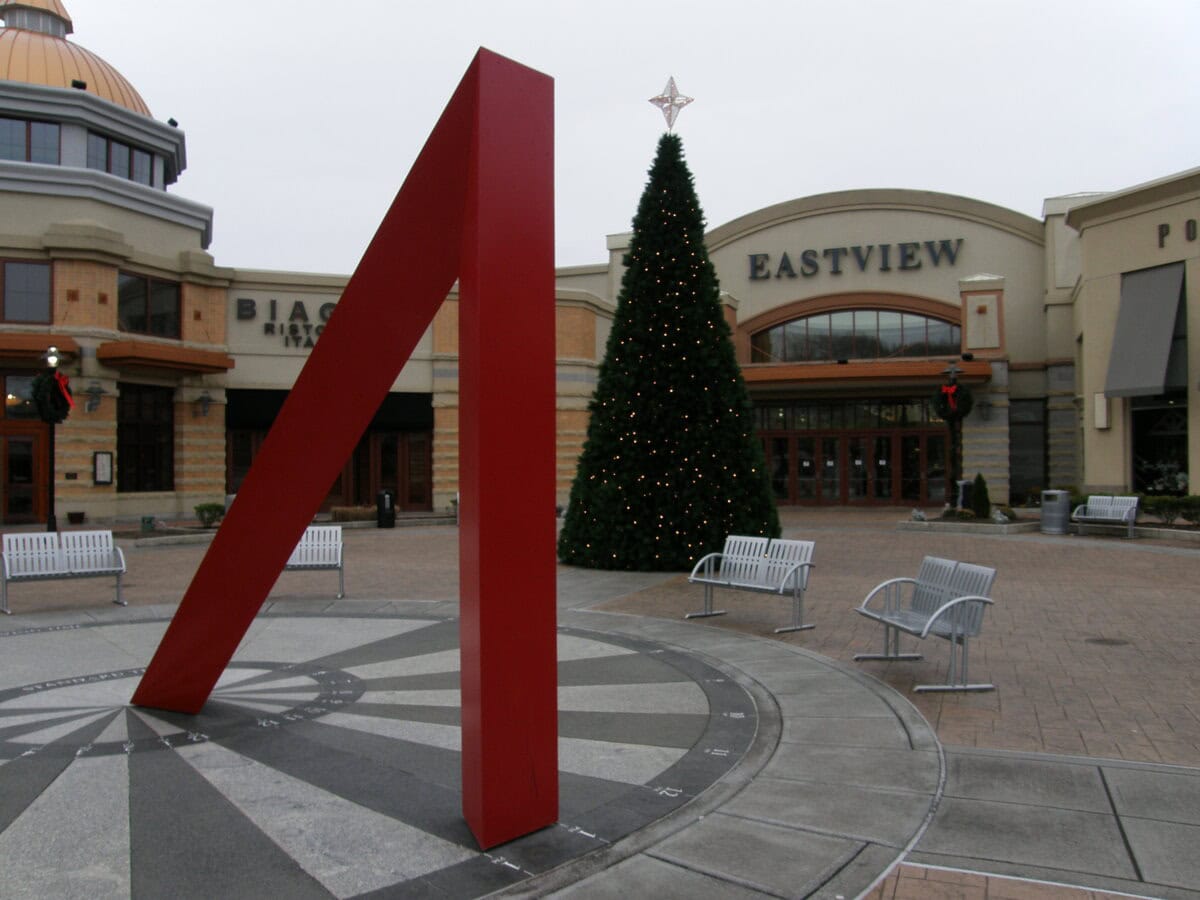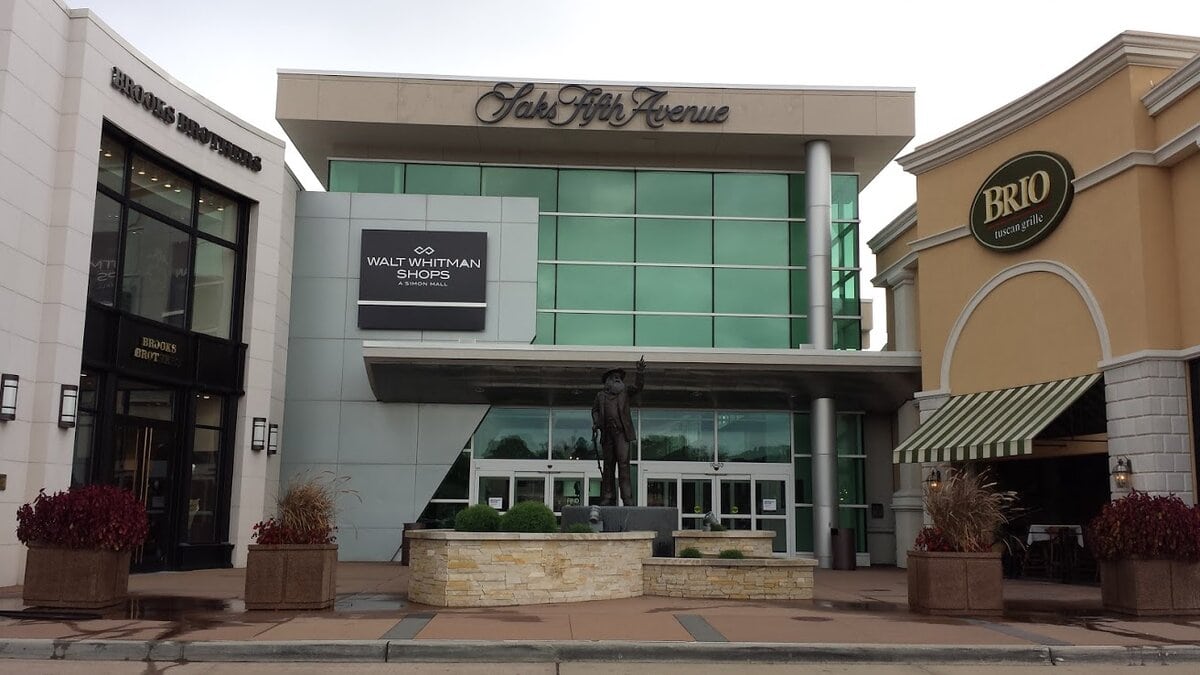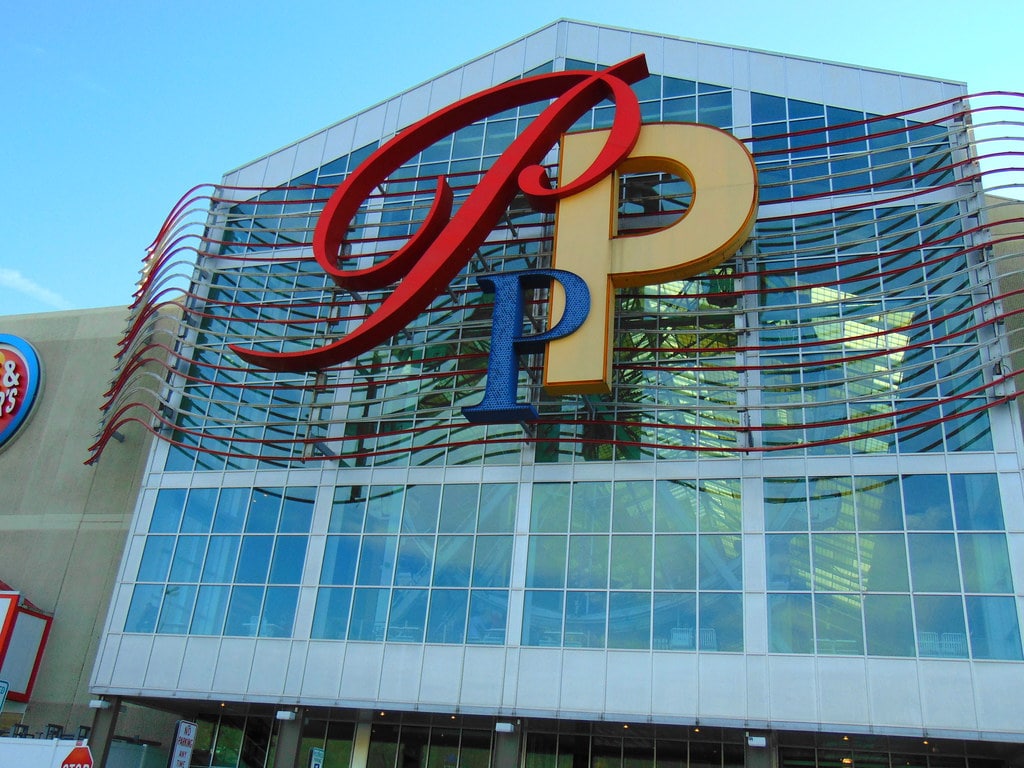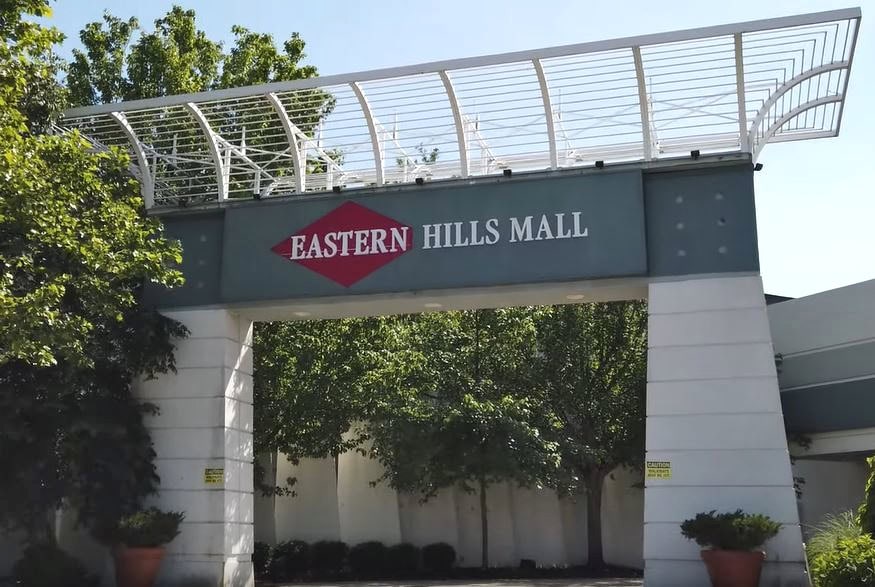Walt Whitman Shops takes shape
By the mid-1950s, the fields around Walt Whitman's birthplace were being measured and sold. Developers saw a site with enough room for stores, roads, and thousands of cars.
Plans for a regional center began moving quietly through Huntington's offices. In April 1954, local papers described a proposal for a 400,000-square-foot shopping complex near the poet's home.
Two years later, Abraham & Straus bought fifty-five acres to anchor the project. By 1960, Macy's had purchased thirteen adjoining acres, setting the stage for twin department stores.
The Winston-Muss organization combined the tracts and took over as developer.
Architect Welton Becket & Associates drew up the main structure, while Copeland, Novak & Israel designed an enclosed concourse that was new to Long Island.
Ground was broken on April 20, 1961.
Plans detailed a long, riverlike walkway running through the heart of the building, washed in natural light from skylights and softened by landscaped courtyards.
Announcements touted it as the first indoor shopping mall in the area.
Construction teams spent the year setting foundations and walls for two large tenants and many smaller shops.
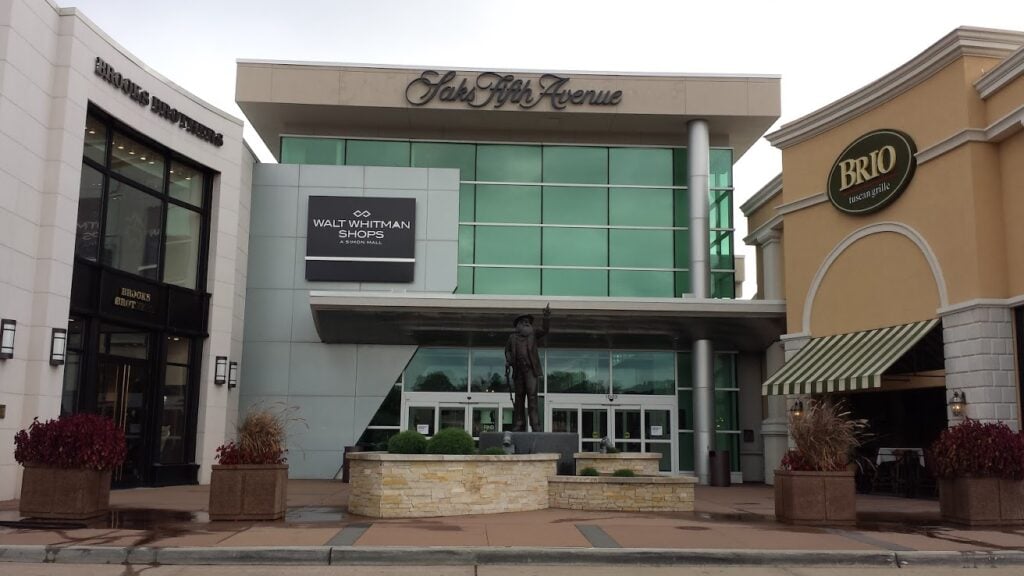
Openings, crowds, and the first season
Abraham & Straus opened on March 26, 1962.
The three-story store operated on a system of escalators and elevators, cooled by air conditioning.
Inside were full departments of merchandise, from kitchenware to clothes to a restaurant for seated dining.
The new indoor concourse joined the entrances and established the daily rhythm of movement.
On September 18, 1962, Macy's opened at the other end of the concourse.
Built to match A&S in proportion, the plan gave the mall twin anchors at either end.
During the opening season, smaller stores moved in between, from jewelers and record sellers to shoe and gift shops.
A curving interior corridor, the Serpentine Mall, connected the façades.
On November 23, 1962, the mall held its grand opening. A helicopter delivered Santa to the roof.
A ribbon was cut, bands played, and the parking fields built for about five thousand cars filled early.
Families crowded the curving corridor, pausing at the Japanese garden, the rock pools, and the aviary.
By early 1963, the roster reached about seventy-five stores, and all space was leased.
McCrory's opened a 68,000 square foot five-and-dime with a lunch counter.
On May 28, 1963, the Whitman Theatre opened for evening shows.
With anchors and cinema running, the first season closed at full pace.
New label, new landlords, and early shocks
The property entered the 1970s under a new name, Walt Whitman Mall.
Ownership passed from the Winston group to N.K. Winston in 1973 and again to Corporate Property Investors in 1976.
As national retailers filled the spaces of departing small businesses, the storefronts grew more uniform, but the crowds held.
But on November 13, 1984, disaster struck as a fire engulfed seven stores and damaged twenty-five around them.
Fire departments from multiple municipalities arrived, enduring nearly four hours of hard firefighting before quelling the blaze.
A few days later, sheets of plywood walled off the damage, and most of the mall was back in operation while crews rebuilt the roof above.
On May 16, 1991, tragedy repeated itself when McCrory's erupted in flames in the early morning, before business began.
Two employees were killed, and dozens were injured, and the building was later demolished.
An employee later admitted setting an earlier fire that had also targeted the store.
By 1993, most interior spaces had been repainted and reopened, leaving only the former McCrory's unfilled.
Corporate Property Investors retained ownership and planned the next redevelopment to replace the lost section.
The mall's repairs ended one chapter, but its layout was about to change again under new expansion plans.
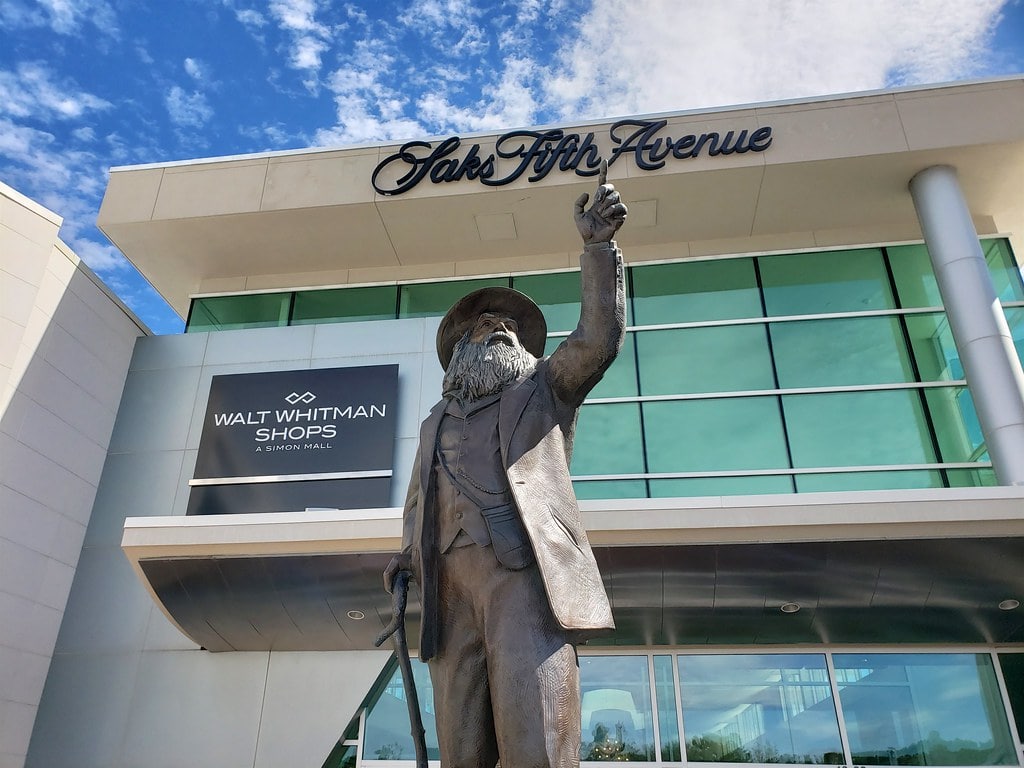
Department store shuffle and a full reset
By spring 1995, the mall was ready for another overhaul.
Corporate Property Investors had weighed an expansion plan that met resistance from nearby homeowners, and the project stalled.
The same year, Abraham & Straus closed its store on April 30 after nearly three decades of operation.
Work began almost immediately to rebuild that box for a new Macy's.
A floor was added, the interior gutted, and new escalators installed.
The $21 million renovation produced a 302,700-square-foot flagship that opened in November 1996.
For the first time, the mall's two anchors carried the same name.
In February 1998, Simon Property Group acquired Corporate Property Investors and took control of Walt Whitman Mall.
The transfer brought new financing and another round of capital work.
The former Macy's space was converted into a 233,000-square-foot Bloomingdale's, which opened in August 1998.
Later that year, Lord & Taylor opened a 120,000-square-foot store, and a new parking garage was added to handle the holiday traffic.
Construction crews then replaced the old McCrory's wing with a 12-store corridor leading to Saks Fifth Avenue, which opened in March 1999.
With $85 million spent, the mall finished the decade larger, brighter, and more clearly aimed at luxury retail.
Afterglow, new concepts, and stalled add-ons
By the summer of 2000, every space in the renovated mall was filled.
Sales were up, and the mix of stores reflected the broader shift toward lifestyle retailing.
Legal Sea Foods opened in July 2000 in a freestanding building facing the main entry.
Lines formed most weekends, and the lot stayed full after dark.
The Whitman Theatre, which had shown movies since 1963, closed on May 30, 2002.
It was among the last of the single-screen theaters to remain in business, but the new generation of multiplexes ended its run.
The building was later removed to clear ground for redevelopment.
In May 2003, Apple opened one of its earliest Long Island locations inside the mall.
The store stayed crowded no matter the hour. Electronics had claimed their spot, no question about it.
Then came the national chains, moving into every open storefront as Simon reworked the categories toward clothes and technology.
By 2004, another expansion was under discussion, but community resistance over traffic and scale halted the plan.
No new construction began. Still, every anchor remained, and the smaller tenants traded steadily.
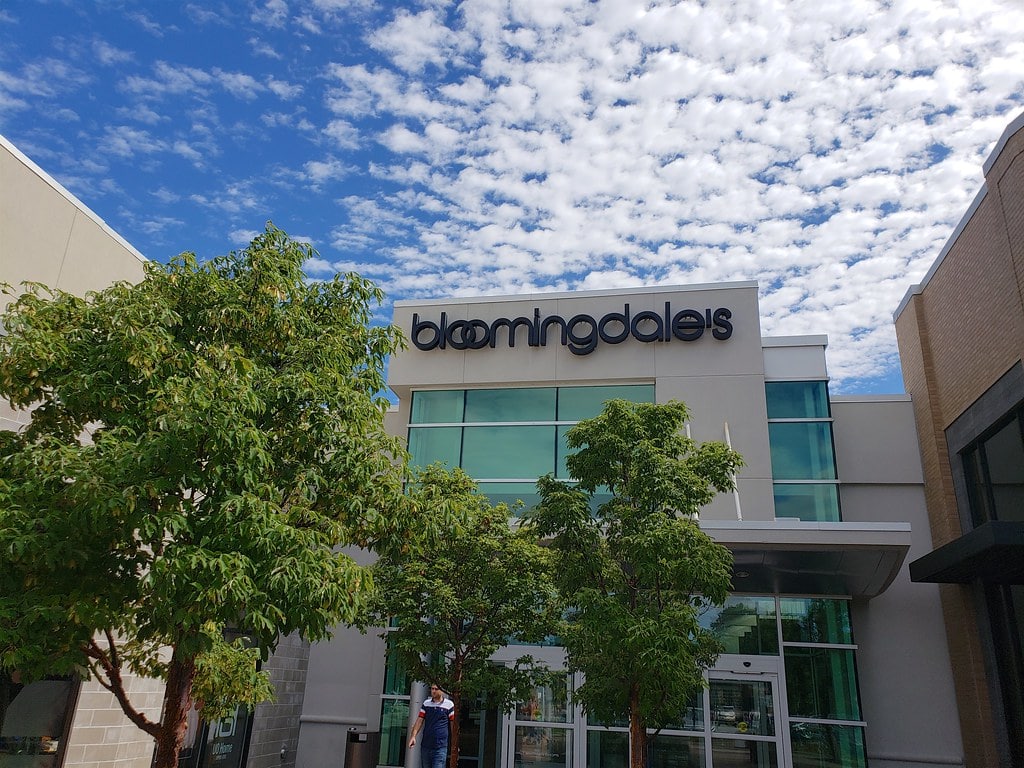
Streetscape remake and a new identity
Work started in 2012 to give the mall a new look.
Crews pulled up the old flooring, tore out walls, and began adding glass, marble, and light.
The project added about 72,000 square feet of new space and reshaped the entrances so people could walk in from the street instead of through one long corridor.
By 2013, the Center Court had a new glass dome and marble floors.
Restrooms were rebuilt, ceilings lifted, and skylights added to bring in daylight.
Outside, the driveways were shifted, new lights went up, and about 150 more parking spaces appeared.
The bus stop moved closer to the entrance.
Restaurants opened as the work finished. P.F. Chang's and Zinburger came first, along with new or relocated stores.
Crews cleaned up the last of the dust in November 2013, when the mall reopened with a new name, Walt Whitman Shops.
The reopening lasted four days and drew crowds who came to see what had changed.
Near the front doors stood a bronze statue of Walt Whitman, surrounded by benches and planters.
The project ended a long period of construction and gave the mall a modern look that would carry it into the next decade.

Pandemic shock, anchor loss, and 2024–2025 churn
In March 2020, the mall closed under state orders.
The concourse stayed quiet until July, when doors reopened with limited hours and marked walkways.
Later that year, Lord & Taylor shut down nationwide, closing its Walt Whitman Shops store on December 29.
Plans were in progress by 2023 to reuse the empty building as medical offices.
New stores appeared throughout the year, including Levi's, Showcase, Arhaus, and Sweetgreen.
Brooks Brothers relocated within the complex, and foot traffic slowly came back to what it was before the pandemic.
In 2024, community events and police safety programs used the parking lots for summer outreach.
A lawsuit emerged over a restaurant space that never opened, and Circus Vazquez brought performances to the property in November.
Openings and closings kept pace through 2025.
Garage, Mavi Jeans, and Barnes & Noble all opened, while Carpaccio closed in September.
ALO launched with four days of events in October, and Rocco's Tacos announced a winter opening.
More than sixty years after it began, the mall is still active, still changing, and still part of everyday life.

